Addis, alive and unrelenting
We Built This City is a limited series of photo essays by The Continent on African cities. This week, we are in Addis Ababa with Amanuel Sileshi.
Words and photos: Amanuel Sileshi
This city is both my subject and my lifeline. I walk its streets not just to document change but also because I’m part of it. Every corner of Addis Ababa carries a personal memory, or a bigger truth that I’m still trying to understand with my camera.
Every day, Addis is moving, growing, building and erasing.
In the “corridor project” authorities embarked on the most ambitious urban renewal project in the country’s history.
Photographing it feels like chasing change that never stops. What is a big sidewalk and bicycle lane one day, is a lit up tree-lined boulevard the next day. Lights go up. Old homes vanish. New apartment blocks rise. It is overwhelming yet also full of moments that demand to be remembered.
In one poignant act of remembrance, a few artists drew graffiti on houses marked for demolition as a way to say goodbye before they disappeared.
Bucking the relentless change – for now at least – is Merkato. I often go to Min Alesh Tera (What Do You Have), one of the oldest corners of the market.
It’s where the city breathes the loudest. There’s chaos and colour, laughter and struggle. You can hear stories in the way traders speak, in the eyes of people searching for something they can afford. It’s messy and it’s real. Drawn to its honesty, I find myself returning again and again.
In the Orthodox churches, time slows down as men and women wrapped in white sing prayers that feel eternal. In the stillness of those moments, a kind of peace descends to give me room to breathe and feel Addis in a different way.
Addis weekends are alive and loud. Newlyweds pose for photos in parks. Young people shut down streets to play football. Many dream of playing in the global leagues; even if they don’t make it, they will have played for passion.
Even though many of the Ethiopian residents of Addis are under constant economic pressure as the city’s growth seems to outpace them, they are finding ways to enjoy it. They pose for photographs in the corridor parks and besides newly built projects, and enjoy night walks, which were rare before.
Layered, unpredictable and full of contradictions, Addis has taught me to see, to feel, to survive and to expect the unexpected. I depend on it for my stories, my voice, my sense of self.
This shapeshifting city is also the hardest place to photograph and that’s exactly why I can’t stop. I like the challenge. I feel somewhat responsible for telling the story of what Addis Ababa once was, what it is now, and what it’s becoming.


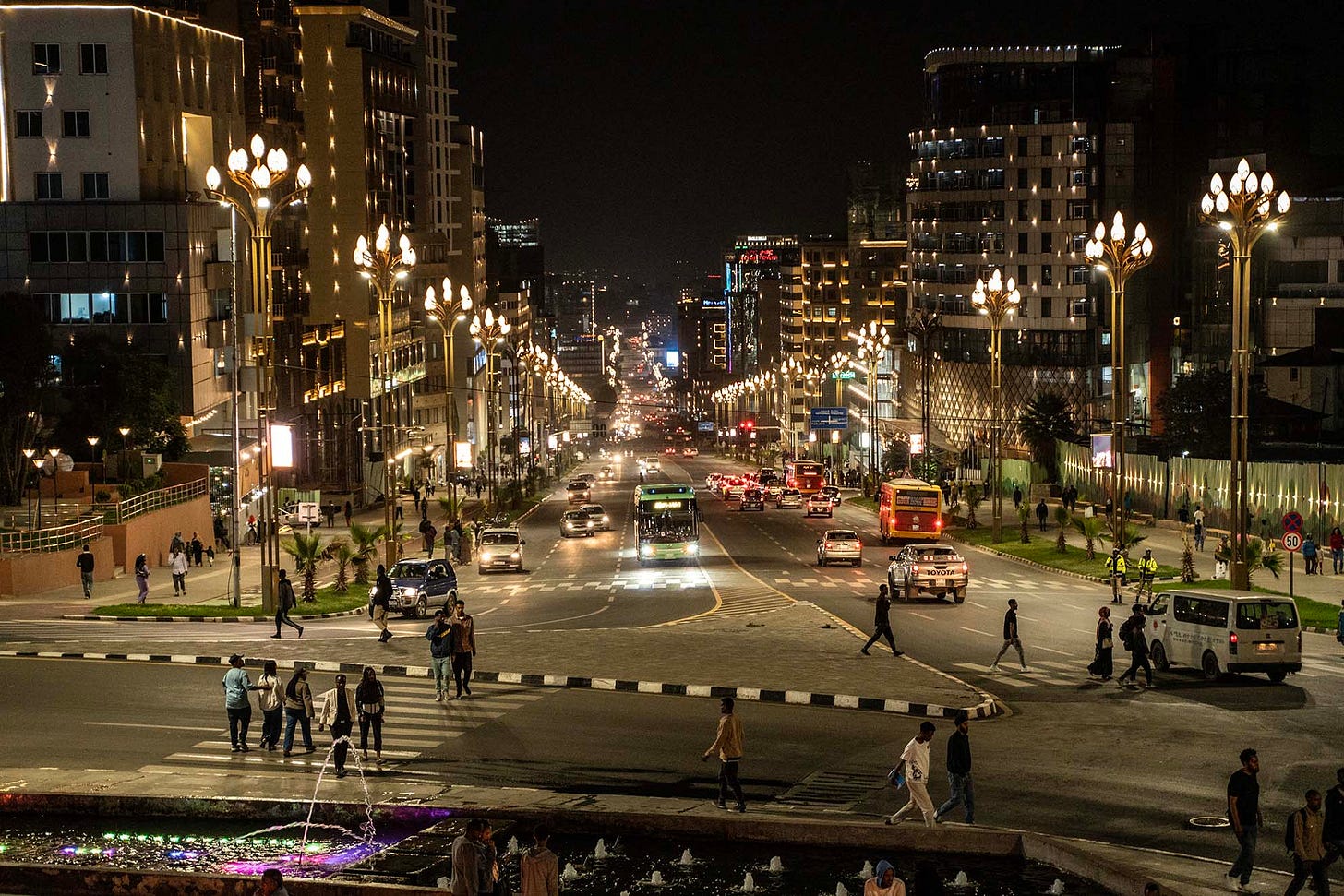
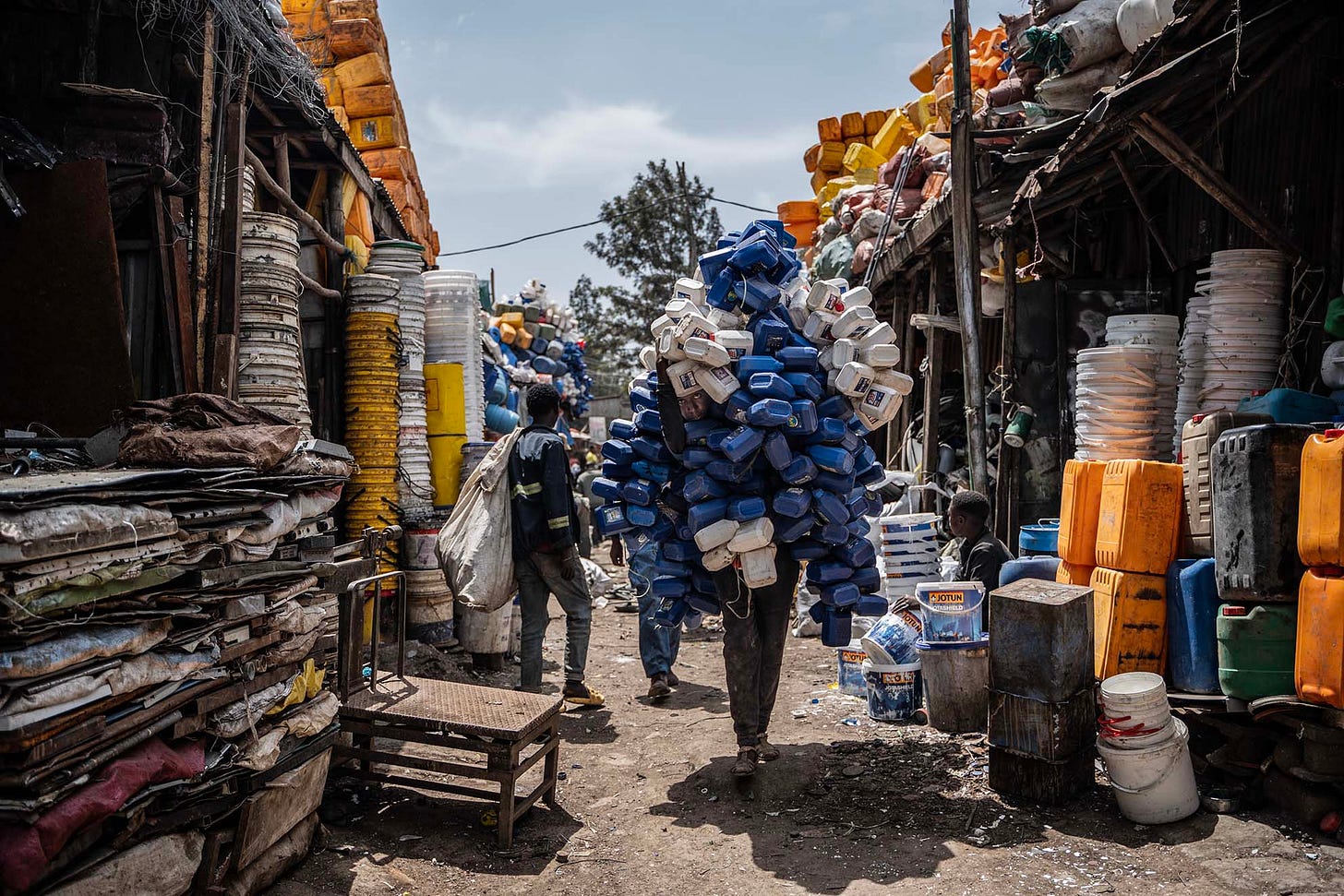
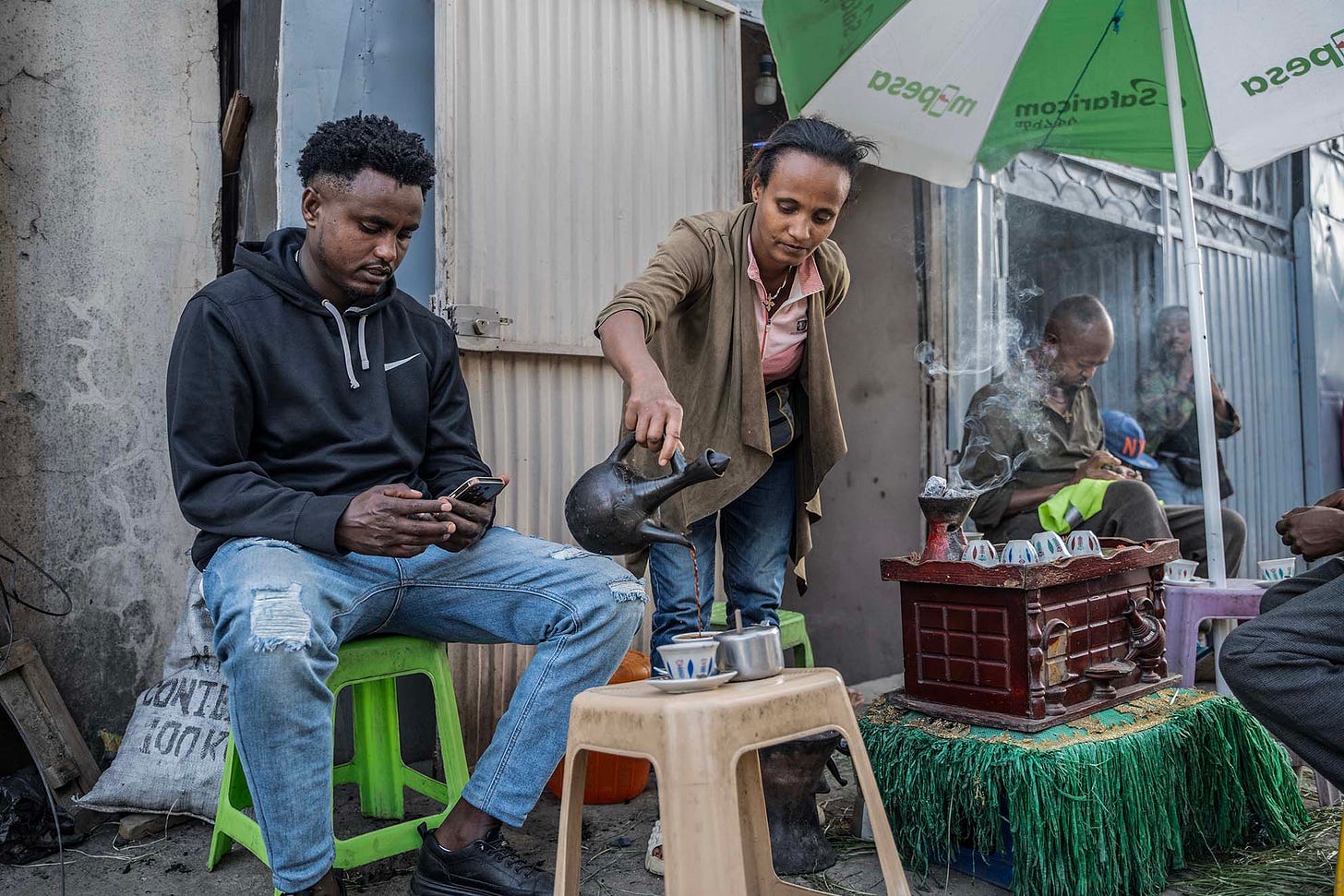

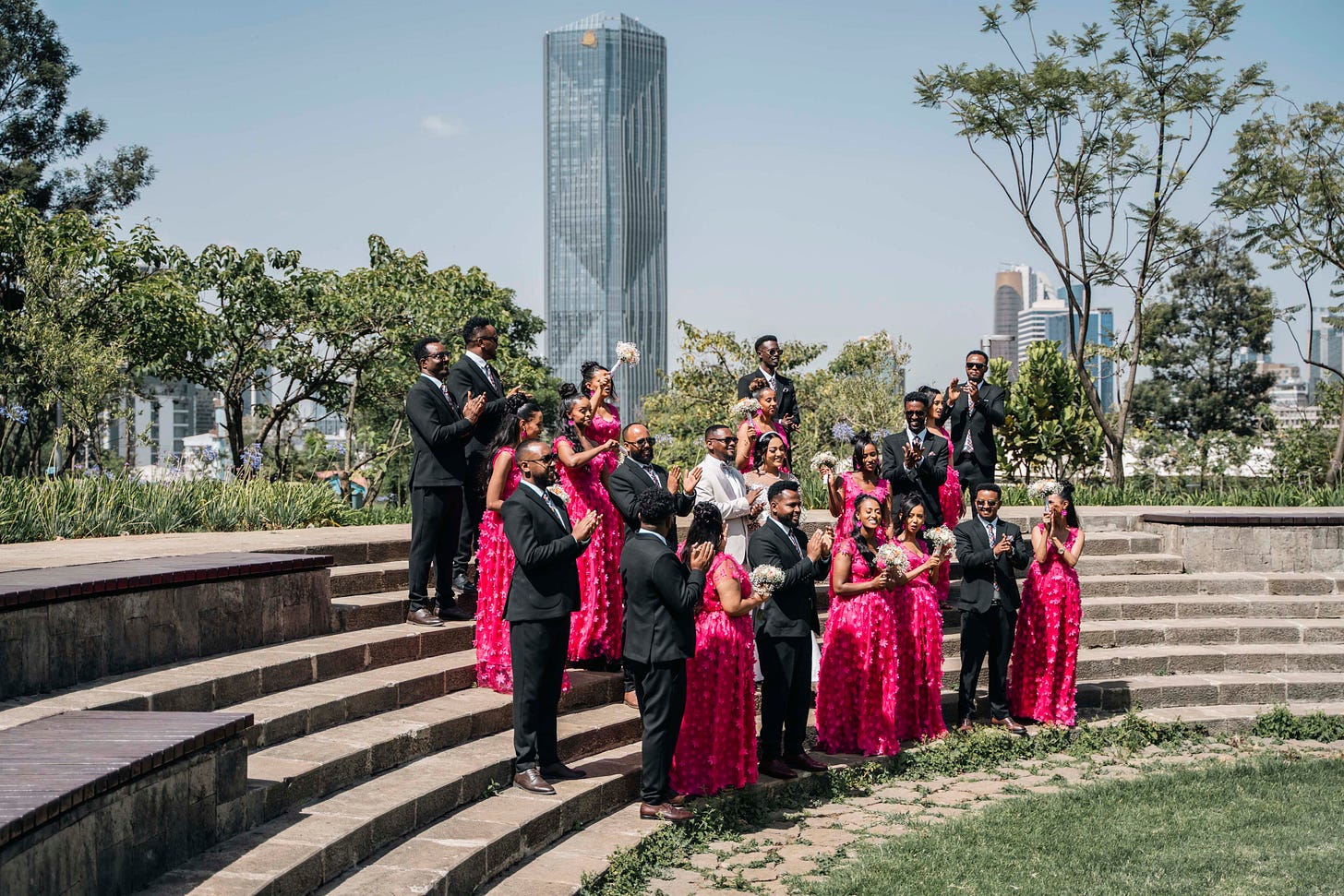
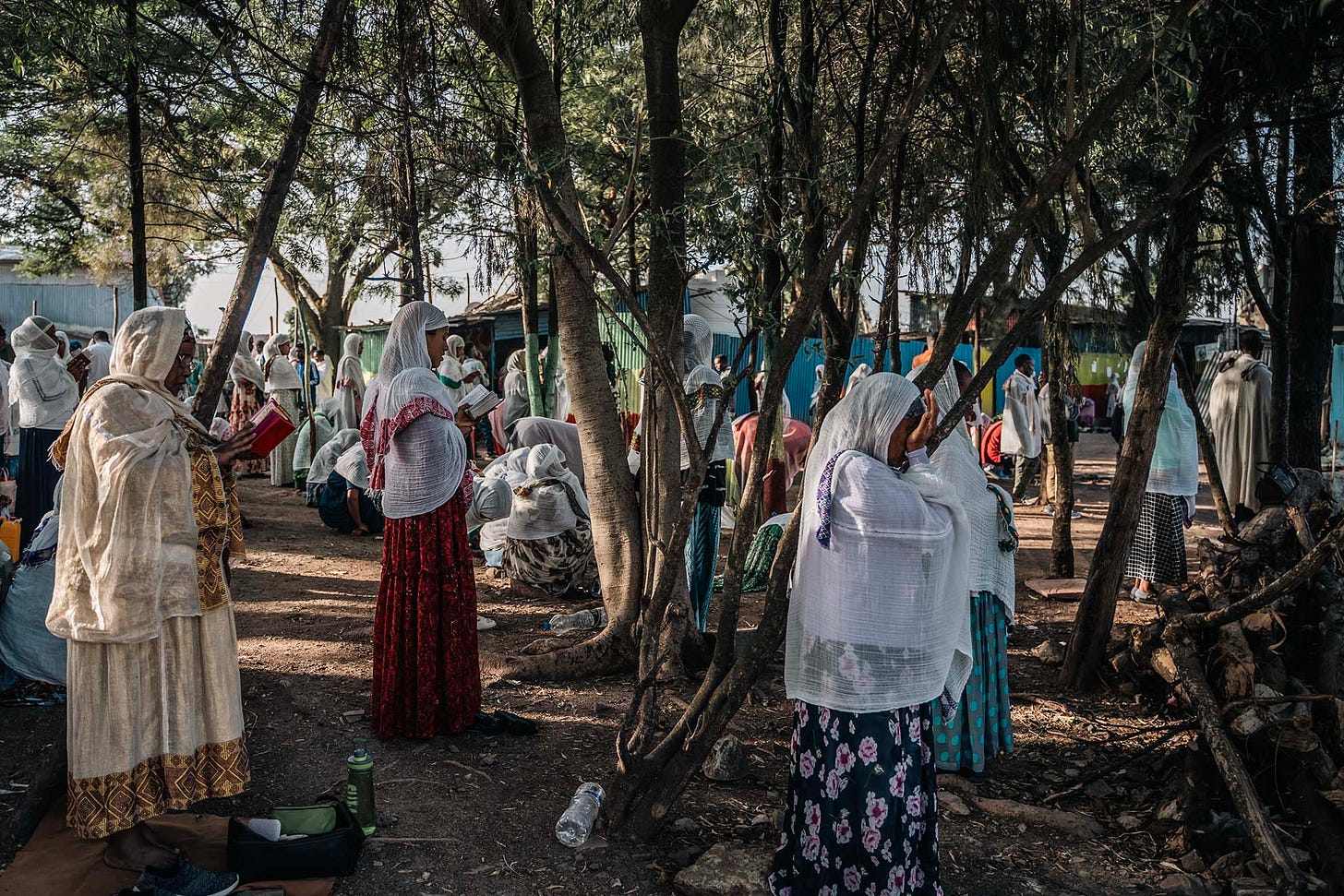
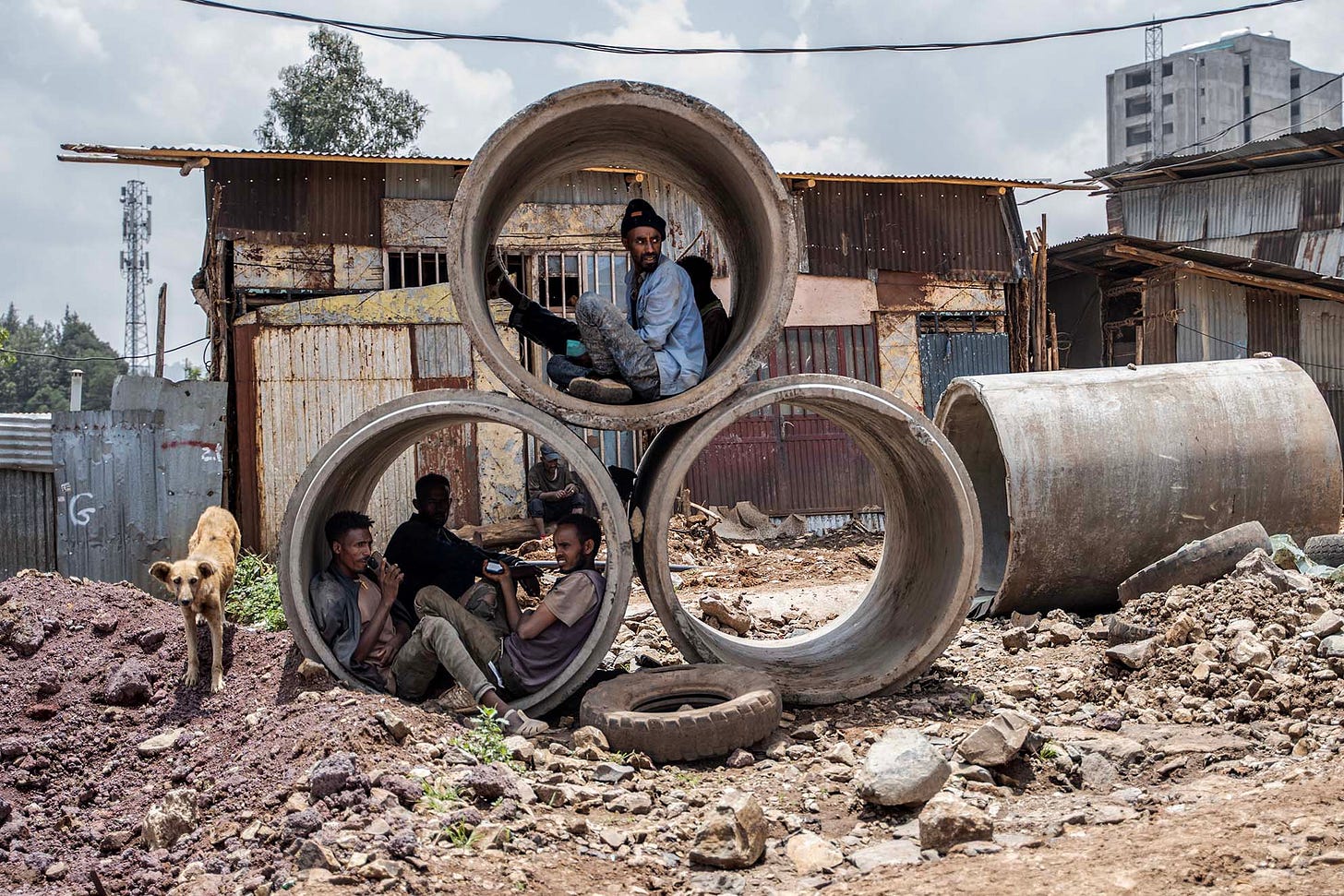
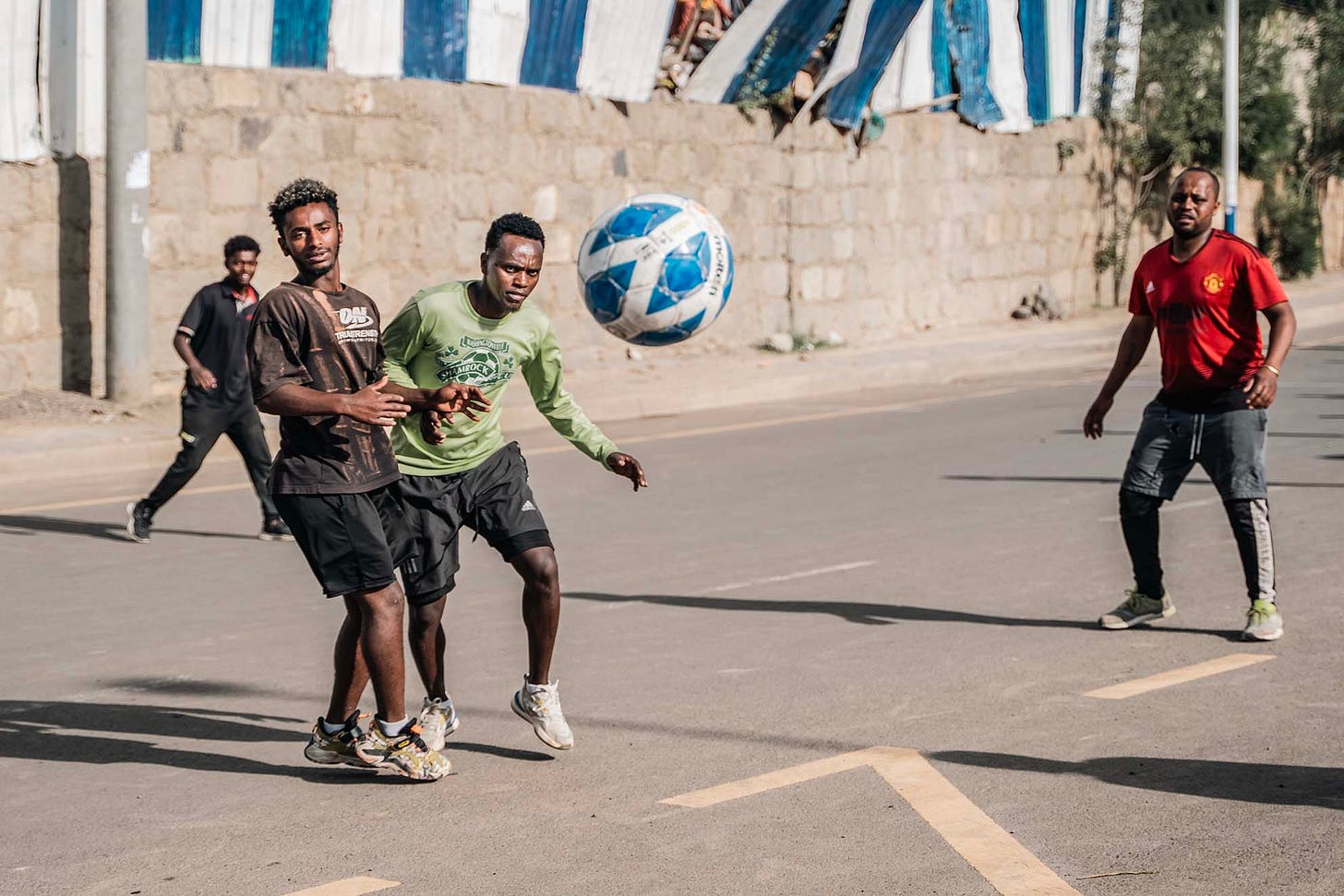

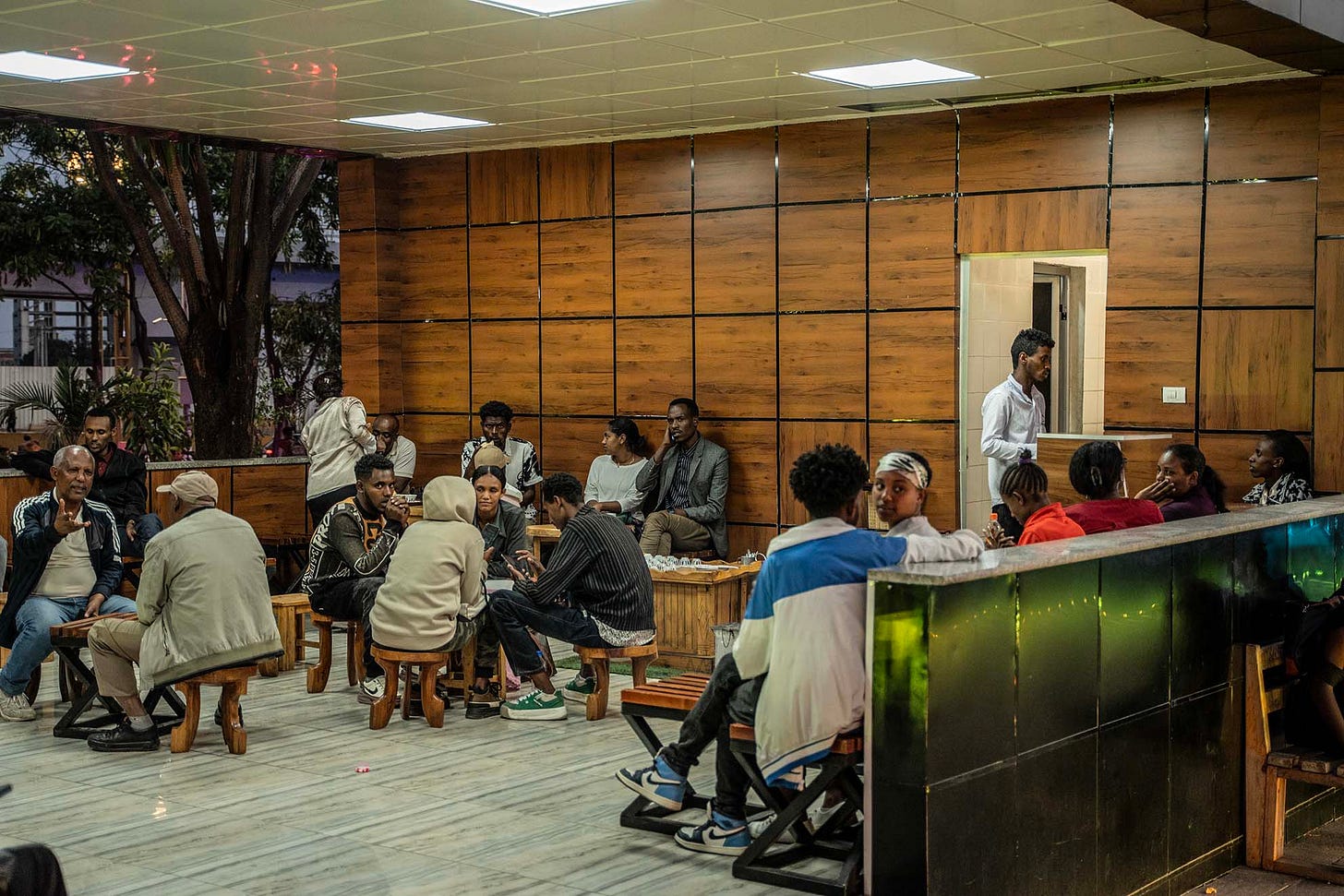
The most important part of a growing city should consider the existence and livelihood of its citizens. Prestigious professionals like doctors cannot afford to pay for food and shelter for themselves and their families.
I loved seeing/reading this post. I lived in Addis between 2010-2020 and returned briefly in 2022 and found that even in the two years absence, the city changed so much that I would sometimes get lost.